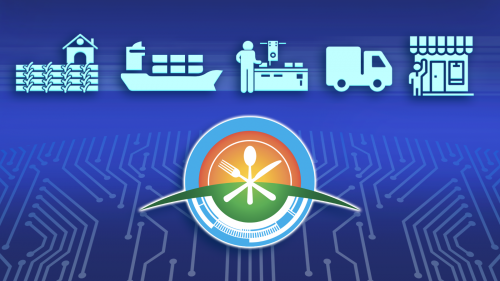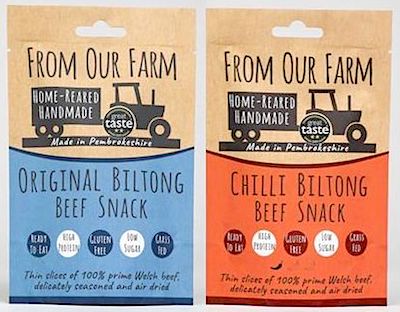The FDA launched a challenge to spur the development of affordable, tech-enabled traceability tools to help protect people and animals from contaminated foods by enabling the rapid identification of their sources and helping remove them from the marketplace as quickly as possible. The New Era of Smarter Food Safety blueprint was introduced a year ago. Tech-enabled traceability is one of the foundational core elements of the New Era initiative. The goal is to make foodborne illnesses more traceable to speed response time. The FDA is asking food technology solution providers, public health advocates, entrepreneurs, and innovators to present food traceability solutions that are affordable. The challenge invites submissions for tech-enabled solutions that address the traceability needs and challenges presented. The FDA will accept submissions from June 1 through July 30 and intends to announce up to 12 winners at the end of the challenge. Winners will be selected based on how well solutions meet specific traceability challenges and demonstrate innovation, usability, affordability, scalability, and interoperability. No cash prizes will be awarded. @ https://www.fda.gov/news-events/press-announcements/fda-launches-challenge-spur-development-affordable-traceability-tools-part-broader-food-safety?utm_medium=email&utm_source=govdelivery
FDA Launches Challenge to Spur Development of Traceability Tools
ruth
A study (Richardson et al., J Food Prot (2021) 84 (5): 869–875) explores the relationship between foodborne disease outbreaks and food consumption by the U.S. population. The study identified single-ingredient foods in the aquatic animal (fish, mollusks, and other aquatic animals), land animal (beef, chicken, eggs, pork, and turkey), and plant (herbs, seeded vegetables, and sprouts) categories that were implicated in outbreaks significantly more often than expected based on the frequency of their consumption. In contrast, pasteurized dairy, fruits, grains and beans, oils and sugars, and underground vegetables were less frequently implicated in outbreaks. It is the first study in which a broad range of foods consumed by the U.S. population was compared with food categories frequently implicated in foodborne illness outbreaks. It provides a better understanding of which foods are over-and underrepresented in outbreaks relative to their consumption frequency. These findings could assist with setting priorities for focused interventions used to reduce outbreaks of foodborne illnesses. @ https://meridian.allenpress.com/jfp/article/84/5/869/450808/Foods-Implicated-in-U-S-Outbreaks-Differ-from-the
ruth
According to the FSA, From Our Farm Ltd. (Haverfordwest, Pembrokeshire, Wales) has recalled batch/lots of From Our Farm branded Biltong Beef Snack products from the British marketplace due to suspected Mold contamination. The products involved are Original Biltong Beef Snacks, processed dried and salted meat products, Chilli Biltong Beef Snacks, processed dried, salted and chilli seasoned meat products, Tomato and Basil Beef Biltong Snacks, processed dried, salted and tomato and basil seasoned meat products, and Blazing Biltong Beef Snacks, processed dried, salted and spicy seasoned meat products. All products were packaged in 35-gram bags. @ https://www.food.gov.uk/news-alerts/alert/fsa-prin-30-2021
ruth
Food Safety News reports that melons linked to Salmonella Braenderup have affected 200 people in more than 10 countries (Denmark (27), Belgium (42), Finland (5), France (1), Germany (49), Ireland (4), the Netherlands (13), Norway (5), Sweden (22), the United Kingdom (52), Canada (1) and Switzerland (15)). The Czech Republic and Spain have also recorded recent Salmonella Braenderup infections, but it is unclear if they belong to this outbreak. The Food Standards Agency (FSA) reported that the source could be whole honeydew, cantaloupe, and galia melons from Costa Rica, Honduras, or Brazil. @ https://www.foodsafetynews.com/2021/06/large-salmonella-outbreak-linked-to-melons/?utm_source=Food+Safety+News&utm_campaign=b0cc10bfa0-RSS_EMAIL_CAMPAIGN&utm_medium=email&utm_term=0_f46cc10150-b0cc10bfa0-40253059
Melons have been linked to a Salmonella Braenderup outbreak that has affected 200 people in more than 10 countries. Patients have been reported in




